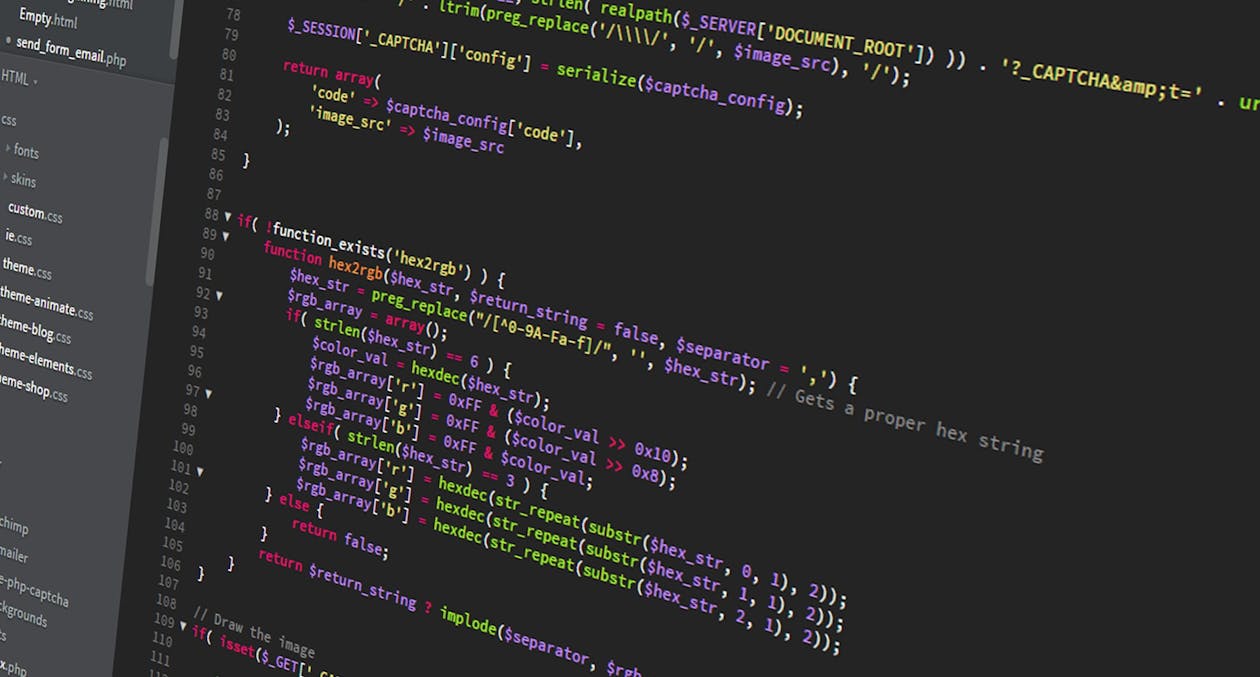Schedule a Demo
In today's competitive digital marketplace, the visual and functional design of a booking-enabled website can be the difference between a user making a reservation or navigating away. As a tool for boosting user conversion rates and enhancing organic search performance, the right design software is invaluable. From user-friendly interfaces to seamless booking processes, the software you choose lays the foundation for your platform's success.
Adobe Dreamweaver is the go-to for developers seeking precision and extensive customization options. Its code-centric approach is perfect for those who wish to tailor their booking website down to the finest detail. I've used Dreamweaver in numerous projects and have always appreciated its ability to support multiple coding languages, enabling more complex functionality and nuanced design changes. For those aiming to keep loading times minimal and performance optimal, Dreamweaver's real-time previews and responsive design capabilities can be a game-changer.
Sketch has earned its stripes in the world of web design, especially for its intuitive interface which streamlines the creation of complex layouts. If you're managing a team, Sketch's real-time collaboration features ensure that everyone from designers to content creators can weigh in on the booking website's design. In my experience, it offers a clean workspace that's vital for understanding user flows and ensuring the booking process remains as seamless as possible.
Figma has transformed how teams approach web design, allowing multiple users to work on a single file simultaneously. This platform really shines for booking websites where real-time feedback from colleagues or clients can help refine the user experience. Beyond its collaborative nature, Figma's vector-based canvas offers infinite scalability, which is crucial for adaptability across different devices where your users will be making their bookings.
For those integrating shopping and booking functionalities, Shopify's Theme Customizer presents a user-friendly option to create aesthetically pleasing websites. Customization through this tool extends from color schemes to the layout of booking forms. Using Shopify's powerful built-in SEO tools, you can also improve your site's visibility, thereby potentially increasing user conversion from organic search.
UXPin allows designers to create high-fidelity prototypes which can be invaluable in visualizing the end-user experience before coding begins. I've seen booking sites benefit enormously from this software's ability to mimic real interactions and transitions, ensuring the path to booking is clear and compelling. UXPin's coded interactions support goes a long way in keeping developers and designers on the same page regarding the site's actual performance.
When it comes to a comprehensive approach to design, the Adobe Suite is unparalleled. While Photoshop is renowned for its image editing capabilities, Illustrator complements this with its vector graphics that are essential for scalable design elements in booking interfaces. Integrating design components into your website's architecture becomes smoother and more uniform with Adobe's interconnected applications. My approach often involves leveraging Adobe's suite to tailor the visual aesthetics of booking websites while ensuring they're optimized for performance across various platforms.
For those of you utilizing WordPress, the Divi theme by Elegant Themes offers a wide range of customization options for booking pages. Its drag-and-drop builder simplifies the design process, allowing even those without deep coding knowledge to create impressive booking interfaces. This ease of use doesn't compromise on quality; Divi's pre-set modules mean high conversion rates are achievable straight out of the box.
Utilizing InVision can streamline the design process and ensure that every element of your booking website enhances user conversion. The ability to create and test interactive prototypes is a feature that sets InVision apart. Based on available research, I've found that interactive prototypes can lead to significant improvements in user experience, leading to higher booking rates. While this tool's efficacy may vary based on individual project specifics, it remains a robust option for optimizing user paths to booking actions.
Webflow stands out by blending design and development into one cohesive platform. This integration is key for a booking-enabled website where the line between aesthetics and functionality can blur. Its visual interface means you don't always need to code to create a high-performing booking interface. However, for those like myself who relish diving into the code, Webflow offers the flexibility to do so, making it a dynamic tool for transforming ideas into bookings.
Selecting the right design software is a critical decision in the development of a booking-enabled website. Each of the tools mentioned offers unique advantages, whether it's the meticulous code control of Adobe Dreamweaver or the user-friendly interface of Shopify Theme Customizer. My experience across projects demonstrates the impact thoughtful design choices have on user conversion and organic search performance. As you embark on your next project, consider how these tools can refine the visual and functional experience to boost your business's online potential.
